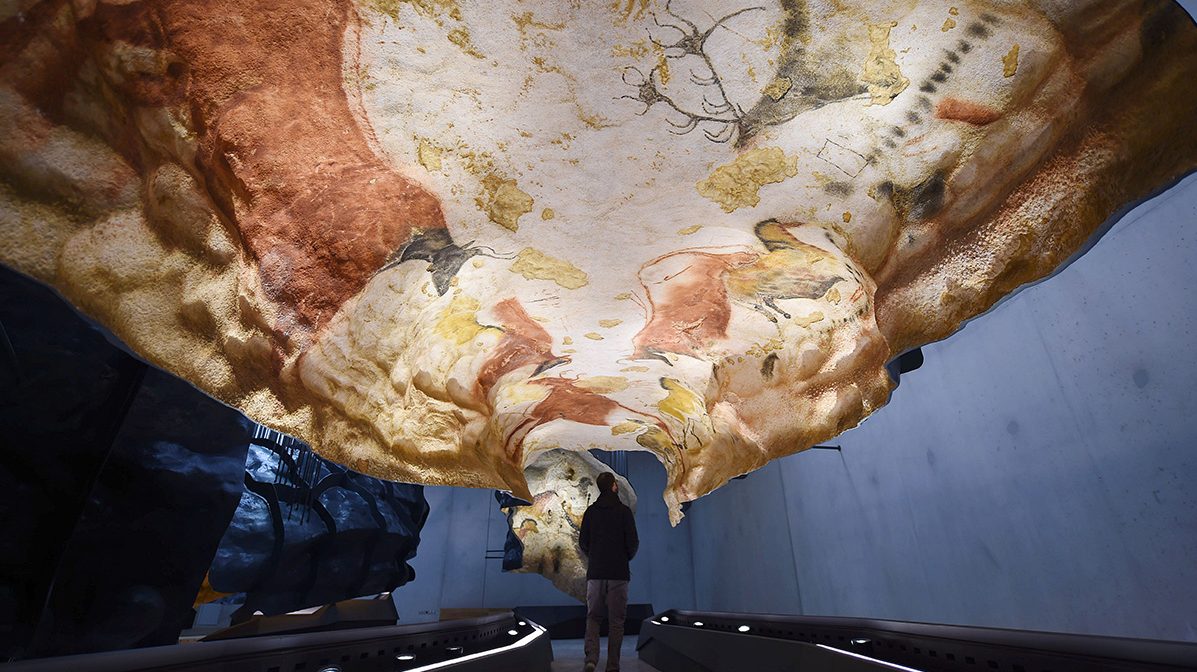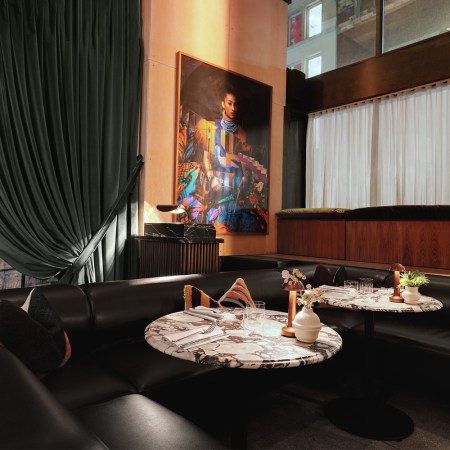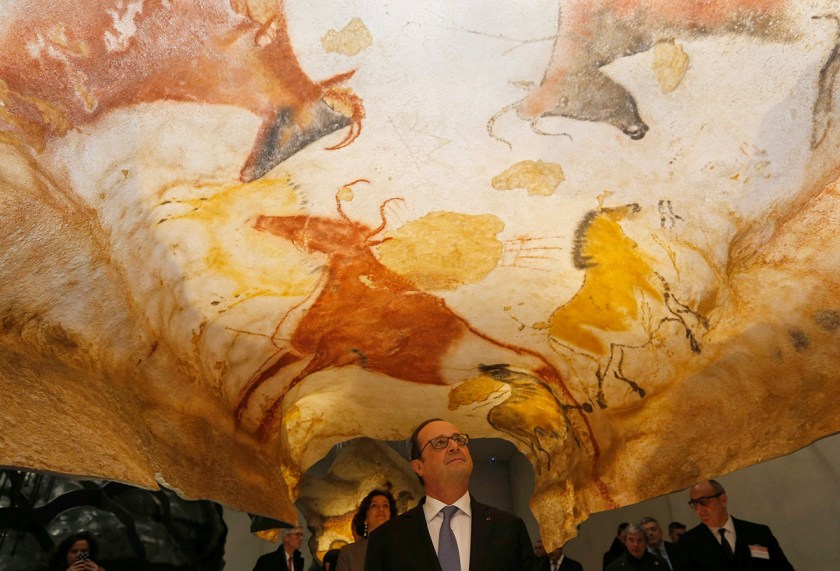
A new replica of the stunning Lascaux cave, known for its Paleolithic cave paintings, was unveiled this month in the Dordogne region of southwest France, more than seven decades after the prehistoric art was first discovered.
“This is more than a copy; it’s a work of art!” said French President Francois Hollande, when he visited the new display in Montignac, the village at the foot of the hills where the original cave complex is located.
The new project, dubbed “Lascaux 4,” now open to the public, aims to recreate what it was like when four teenage boys discovered the cave on September 12, 1940.
The last of the boys still alive is Simon Coencas, now 89, who was a special guest at the opening.
With World War II raging and the Nazis already in Paris, a friend of Coencas had enlisted him and the other boys to explore a hole in the ground in the hills above their village that his dog had found a few days earlier.
One of the boys carved out a space with his knife so they could get into the cave and continue their search by the light of a paraffin lamp.
“With my pals, we climbed down to explore a hole; we advanced bit by bit and at some point, we came up upon the chamber of the bulls,” Coencas told AFP.
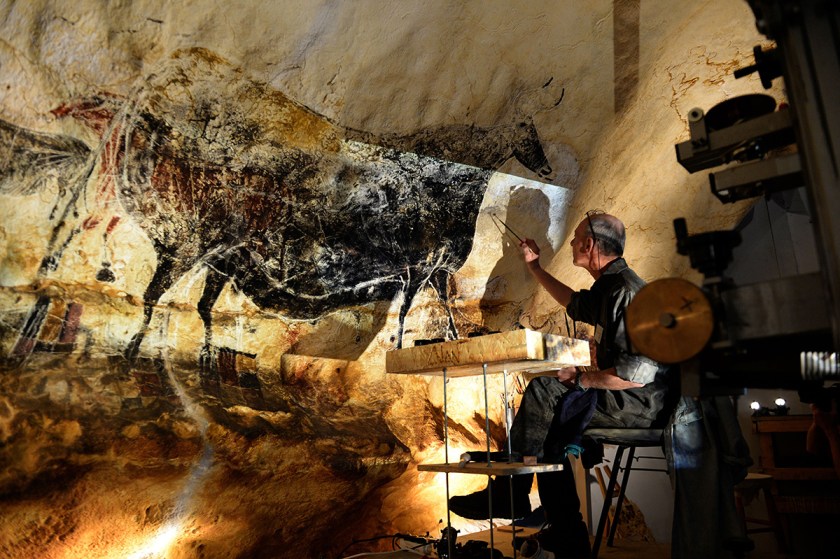
It was with the lamp that they first saw the paintings: horses, bulls, and deer jumping out of the cave walls.
The spectacular prehistoric art is thought to be 18,000 years old and has been a UNESCO World Heritage site since 1979.
But tourists have been kept away from the original site since 1963, because the carbon dioxide they exhaled was damaging the paintings, wreaking havoc on the cave’s fragile ecosystem.
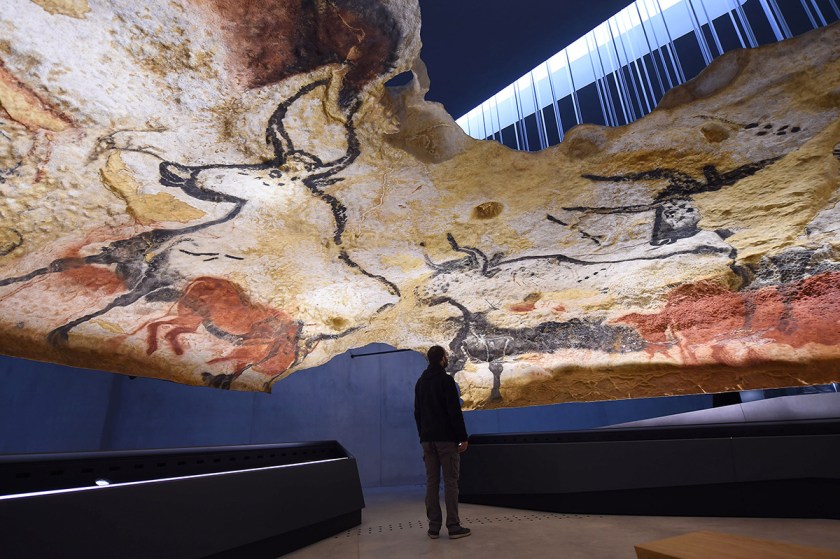
And the early work preparing the site for visitors had also disturbed its environment more than authorities had anticipated. Yves Coppens, the paleontologist who leads the scientists charged with preserving the original cave, insisted the measures were necessary. But after years of problems, they had finally managed to stabilize the site’s environment, he added. “That said, we remain extremely vigilant. The cave remains fragile.”
“Lascaux 2,” an earlier replica of the site, opened in 1983, but it reproduced only 90 percent of the cave’s wall art, while “Lascaux 3” is a traveling exhibition showing highlights from the site.
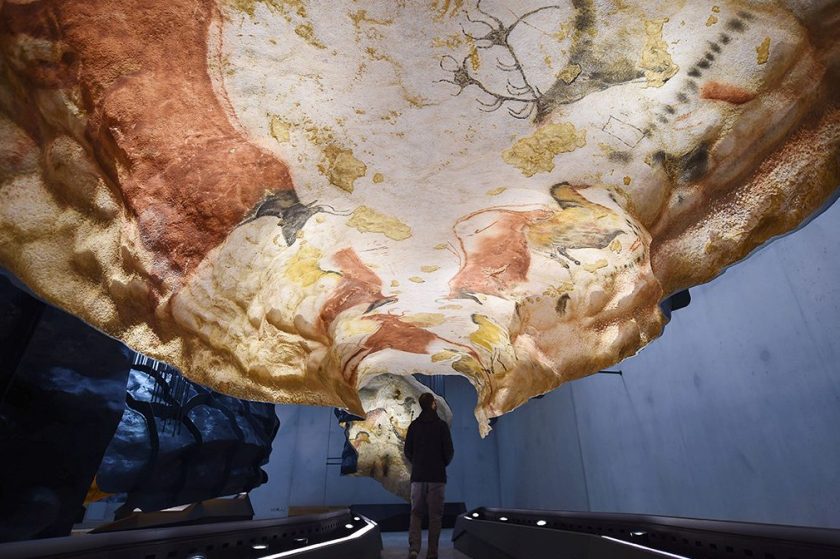
The new version marks “the first time that we’ve reconstructed the entire Lascaux cave,” said Jean-Pierre Chadelle, an archaeologist working with the Dordogne regional authority.
“Lascaux 4” took a team of 30 workers four years to complete at a cost of $70 million.
Housed in a half-buried building of concrete and glass, it replicates the dimensions, the artwork, and colors of the original cave.
Coencas told AFP he still has fond memories of the games he and his friends played hunting for treasure on the Lascaux hill.
“We were hoping to find a treasure. We found one, but not the one we thought we would,” he said. —Relaxnews
To take a tour inside Lascaux 4, watch the video below.
This article was featured in the InsideHook newsletter. Sign up now.
